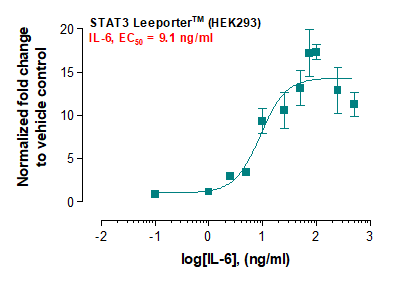Polyclonal Antibody to TLR1

Fig-1: Western blot analysis of TLR1. Anti- TLR1 antibody (11-3041) was used at 4 µg/ml on (1) Jurkat, (2) EL4 and (3) Raji lysates.
Roll over image to zoom in
Shipping Info:
Order now and get it on Tuesday December 16, 2025
Same day delivery FREE on San Diego area orders placed by 1.00 PM
| Format : | Purified |
| Amount : | 100 µg |
| Isotype : | Rabbit IgG |
| Purification : | Protein A Chromatography |
| Content : | 25 µg in 50 µl/100 µg in 200 µl PBS containing 0.05% BSA and 0.05% sodium azide. Sodium azide is highly toxic. |
| Storage condition : | Store the antibody at 4°C, stable for 6 months. For long-term storage, store at -20°C. Avoid repeated freeze and thaw cycles. |
Toll/interleukin-1 receptor-like protein (TLR1) is a member of the Toll-like receptor (TLR) family, which has close similarity to Drosophila Toll homologs. Toll receptors are involved in mediating dorsoventral polarization in the developing Drosophila embryo. TLR1 is a type I transmembrane receptor that characteristically contains an extracellular domain consisting of several leucine-rich regions along with a single cytoplasmic Toll/IL-1R-like domain. TLRs generally exist as homodimers, but TLR6 forms heterodimers with TLR2 and binds lipopeptide components of gram-positive and gram-negative bacterial cell walls. TLR1 is found to be involved in ocular toxoplasmosis and leprosy. It is highly expressed in spleen, ovary, peripheral blood leukocytes, thymus, and small intestine.
Western blot analysis: 4-6 µg/ml
For Research Use Only. Not for use in diagnostic/therapeutics procedures.
1. Kwabena Danso, I., Woo, JH., Hoon Baek, S. et al.
Pulmonary toxicity assessment of polypropylene, polystyrene, and polyethylene microplastic fragments in mice.
Toxicol Res. (2024). https://doi.org/10.1007/s43188-023-00224-x
https://link.springer.com/article/10.1007/s43188-023-00224-x#citeas
| Subcellular location: | Cell membrane, Cytoplasmic vesicle, Membrane raft, Golgi apparatus |
| Tissue Specificity: | Ubiquitous. Highly expressed in spleen, ovary, peripheral blood leukocytes, thymus and small intestine. |
| BioGrid: | 112951. 13 interactions. |
|
There are currently no product reviews
|
















.png)














